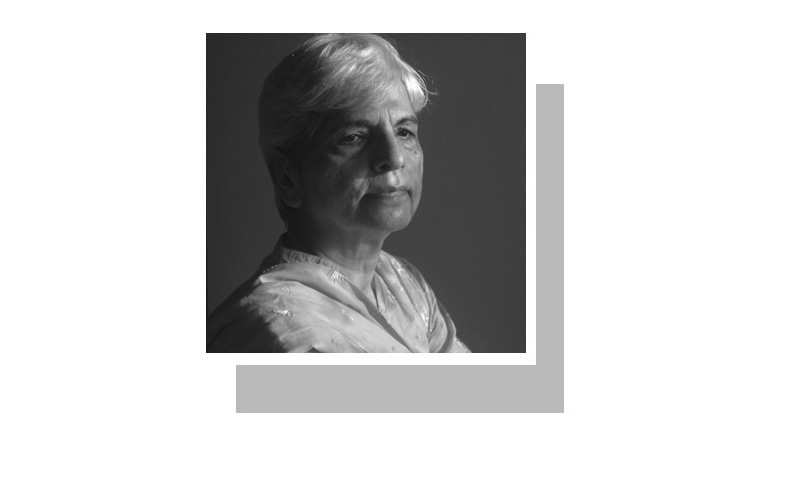
“THERE has been an enormous overproduction of uneducated and ill-trained medical practitioners ... due to the existence of a very large number of commercial (medical) schools ... which are profitable business.”
Does the above refer to Pakistan? It doesn’t but it could as it is an apt description of the conditions prevailing in the country. The words above are from Abraham Flexner’s 1910 report on the state of medical education in North America. It led to the closing down of 124 of the 155 medical schools operating in the US and Canada at the time.
Pakistan seems to be a century behind. It is bizarre that a country that cannot educate all its children — there are 23 million out-of-school youngsters — should have 125 medical colleges of which 76 are in the private sector. What is more, there are 16 medical universities in the public sector as well. A number of private medical universities have converted themselves into general universities with a medical college attached. With a few exceptions, the less said about the others the better.
Most of these medical teaching institutions are not equipped or qualified to produce doctors and surgeons to whom you would entrust your life. They do not even have a faculty that meets the required qualifications that are, as it is, most inadequate. Worse still, these qualifications are conveniently put aside when appointments are made for political or personal reasons.
It’s time to revamp our medical education system.
Yet these colleges and universities continue to multiply and churn out medicos by the dozens. They have emerged as moneymaking rackets that create jobs for their protégés and fetch resources that open the doors of corruption.
According to the Pakistan Economic Survey 2015-16, Pakistan is producing nearly 10,000 doctors/dentists every year while the support staff — nurses and technologists — is disproportionately small. The number of doctors in Pakistan is anyone’s guess. Different figures are bandied about. The Survey puts it at 201,363 registered doctors and dentists in 2015-16. The PMDC’s website is not user-friendly or up-to-date but whatever figures it has released are higher than what the Survey states.
Is this overproduction (although it amounts to a ridiculous ratio of one doctor for 1,000 people) feasible? Our health system continues to be rotten to the core while morbidity remains high. At the root is the quality of medical education in Pakistan where a free-for-all situation prevails. The government has abandoned its regulatory function altogether as most of those involved are busy making money. The appointment of the vice chancellors has been left to the whims of the powers that be when the fact is that a competent vice chancellor can play a vital role in upgrading the education and training of doctors.
Take the case of the Dow University of Health Sciences. The last vice chancellor, a blue-eyed boy of the former governor drawn from the MQM, remained entrenched in office for three terms. This was in blatant violation of the rules which allow only two terms to an individual. The process of his appointment was also questionable. The first time no search committee was constituted — the governor appointed the vice chancellor arbitrarily. The second time the vice chancellor was also a member of the search committee and appointed himself as the head. The third time he was simply given an extension.
There followed a fierce tussle when a non-medical person, a pro vice chancellor of Karachi University, became head of Dow University. The Pakistan Medical Association went to court. At one time, the wife of the long-time incumbent also joined the fray as she was being championed as a candidate.
Matters appear to have settled down with the appointment last month of a competent doctor of integrity who meets the merit criterion. Dr Saeed Qureshi, previously administrator of the Civil Hospital Karachi, was appointed by a legally constituted search committee. He was selected from a list of 32 applicants.
But Dr Qureshi faces many challenges since his predecessors messed up the whole system and corruption was rampant. Thus the Dow University senate and the syndicate cannot function as their membership is incomplete due to the fact that new appointments were not made when the terms of old members expired.
It is time to revamp the system of medical education in Pakistan. From my conversation with Dr Shershah Syed and Dr Mirza Ali Azhar, both ex-secretaries general of the PMA (Central), I concluded that we need an Abraham Flexner to investigate our medical colleges and universities. The time has come to rationalise and revamp medical education in the country if the quality of our health professionals is to improve. This alone can transform our health system.
It should also be remembered that the learning process begins from primary school. Even the best medical school cannot produce a high-calibre physician, surgeon, or dentist if the crisis in our school education is not addressed.
Published in Dawn, May 26th, 2017











































